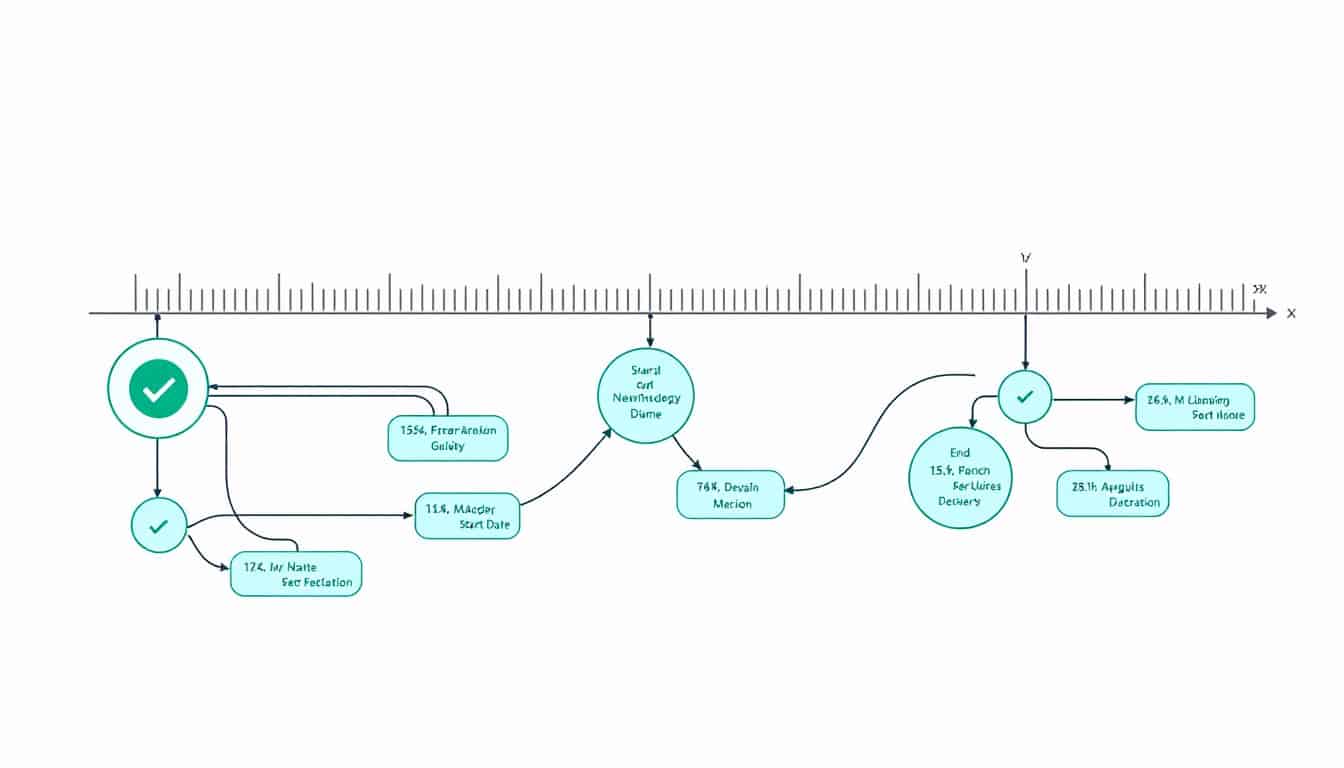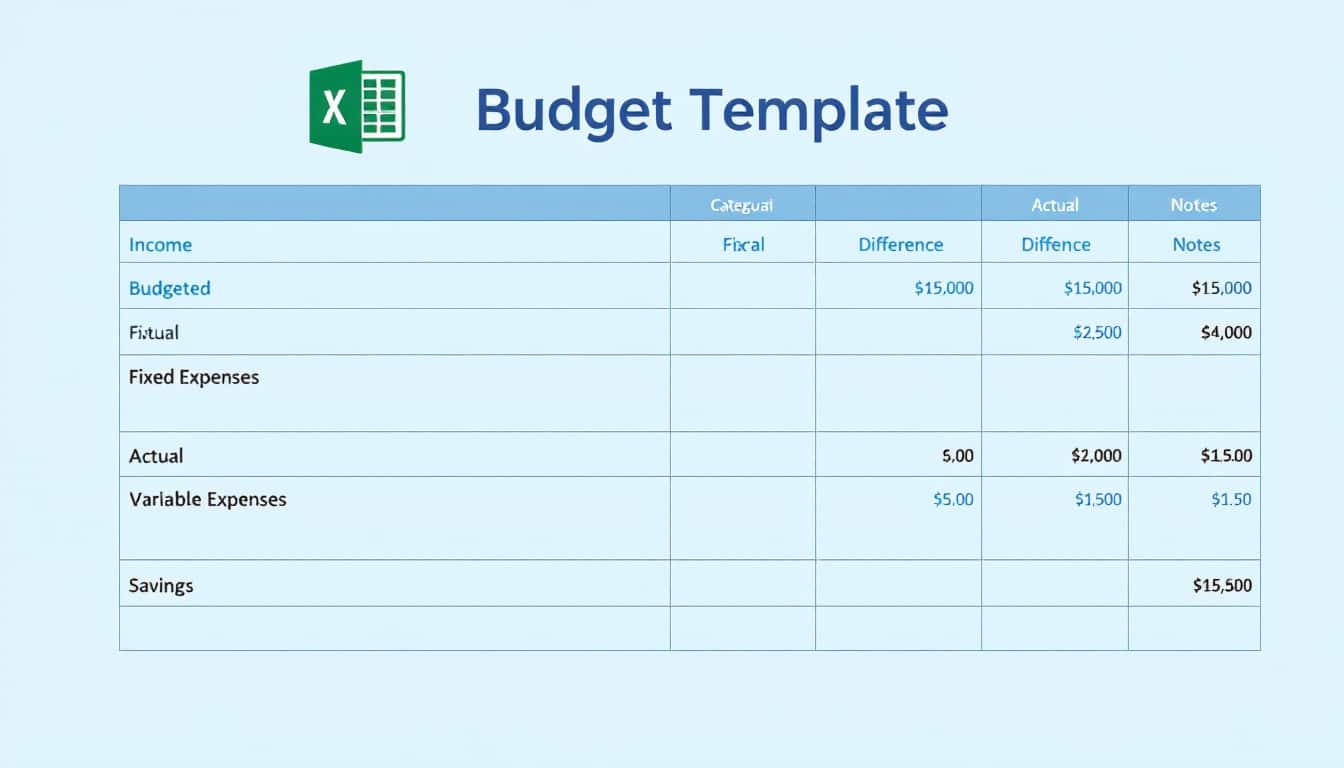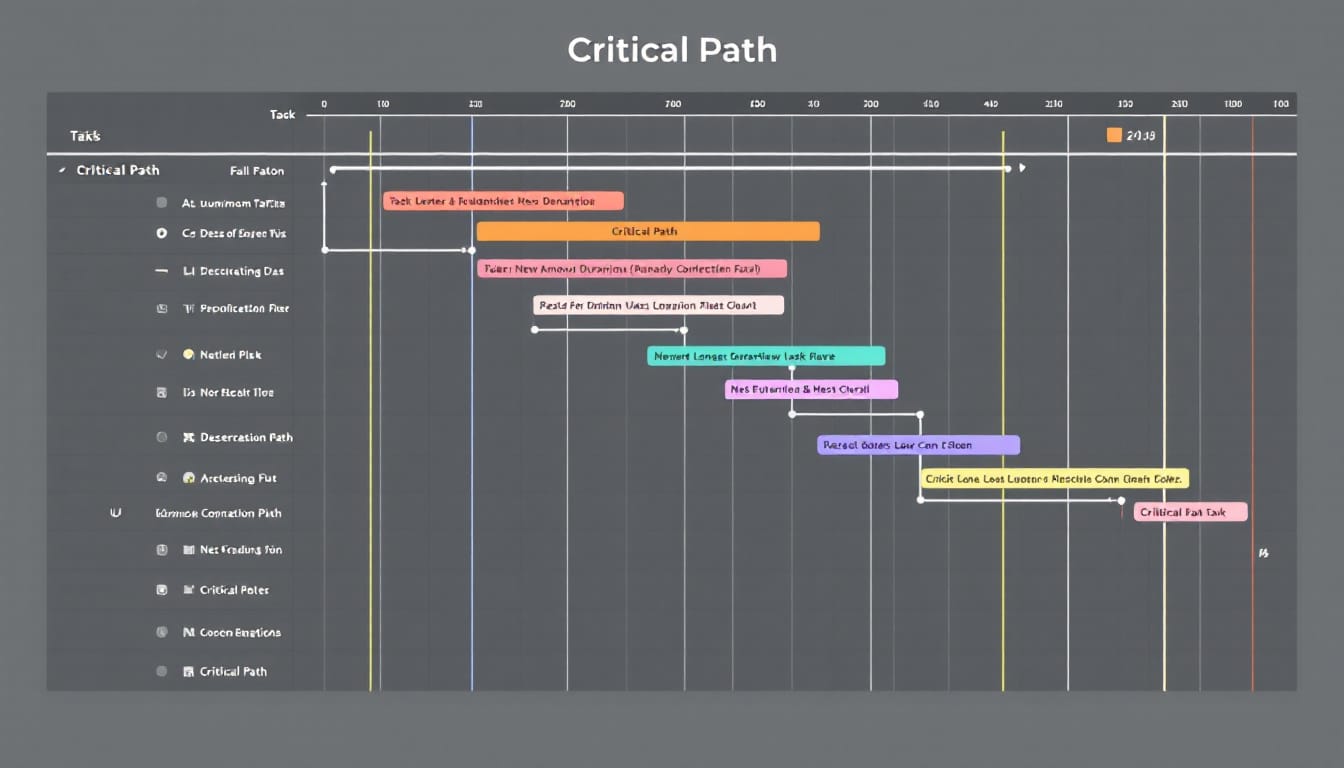The digital transformation represents a true turning point for modern businesses, transcending simple digital tools to engage in a comprehensive overhaul of their business model. This shift to the digital age is not merely a trend but a strategic necessity that optimizes internal processes, enhances customer experience, and stimulates innovation. An ultimate guide to successfully achieving this transformation thus becomes essential, offering practical advice, key steps, and concrete examples to successfully navigate through this complex evolution. Armed with best practices and a clear vision, each stakeholder in the company can actively participate in this change, making the organization more resilient and competitive.
🔥 Nous recommandons Ideamap
Ideamap est l’outil idéal pour un brainstorming ou un projet collaboratif. Grâce son interface facile et à ses fonctions IA, Ideamap booste votre créativité tout en favorisant une meilleure organisation de vos idées pour atteindre vos objectifs.

The digital transformation is much more than simply introducing new technologies within a company. It constitutes a true reinvention of processes, business models, and customer experiences, driven by the integration of digital tools at all levels of the organization. The ultimate guide to successfully achieving digital transformation serves as an essential document for any company wishing to successfully navigate this complex digital era.
One of the first steps to begin this transformational journey is to understand the stakes of digital transformation. Indeed, it aims to fully integrate digital technologies throughout the company, which goes far beyond the simple automation of tasks. This includes revising internal processes, optimizing customer experience, and reinventing business models.
It is crucial to involve all stakeholders in this process. Employees, customers, and even partners must be incorporated into the thinking and design of the transformation. With the approach of design thinking, companies can leverage collective creativity to generate innovative ideas and identify the best solutions to their specific challenges. For example, an ideation workshop can prove valuable in fostering innovation and establishing a roadmap for the initiatives to be implemented.
Another key element is the decisive role of data in digital transformation. Collecting and analyzing data provides valuable insights for making informed decisions. Furthermore, data management must be at the heart of digital strategies, as effective data mastery can translate into a significant competitive advantage.
A selection of digital tools is also essential to facilitate this transformation. These tools not only enable more efficient management of internal processes but also enhance customer experiences. From design thinking platforms to ERP business suites, each resource should be carefully chosen based on the company’s strategic objectives.
To succeed in digital transformation, it is also necessary to engage in a process of continuous innovation. Disruptive innovation must be at the center of this dynamic, as companies that do not adapt risk becoming quickly vulnerable to competition. Methodologies such as benchmarking help companies identify best practices and adapt them to their own context.
Ultimately, this ultimate guide also offers a practical framework for implementing the various stages of transformation. Whether through e-books or online resources, it is important for companies to equip themselves with the knowledge and tools necessary to succeed in this transition. In summary, digital transformation should be seen as a dynamic and iterative process where engagement, adaptation, and innovation are the keys to success.















